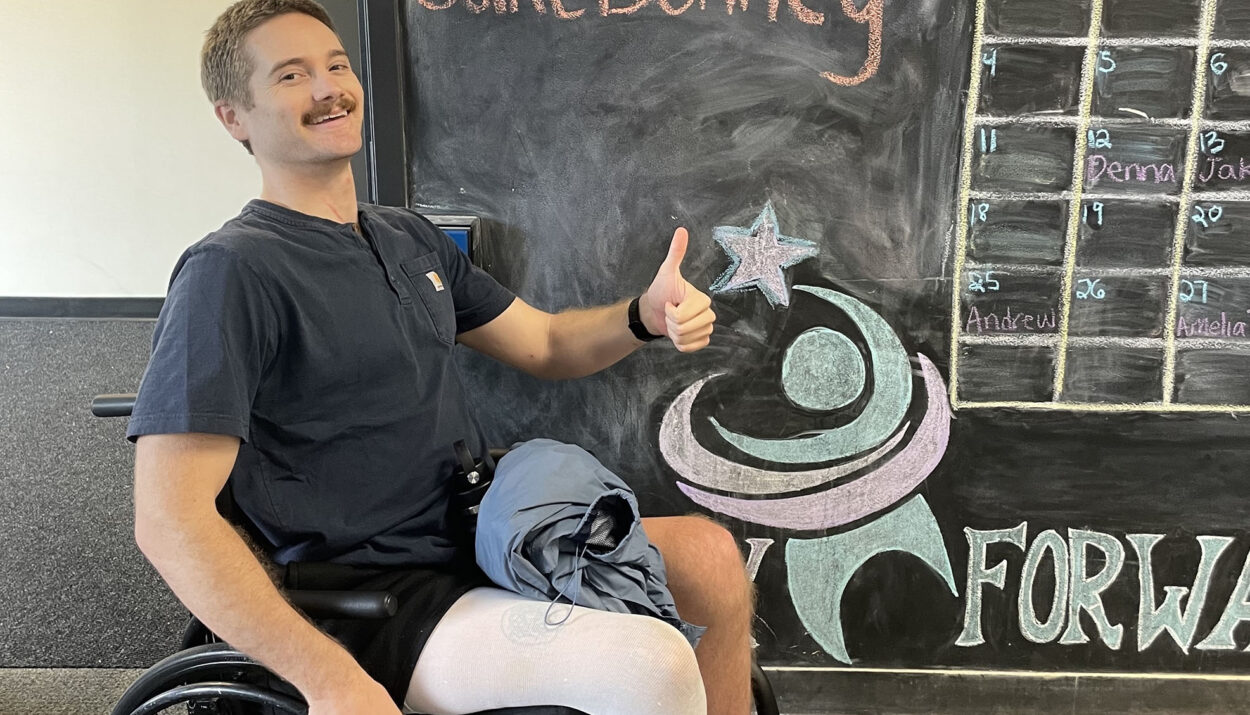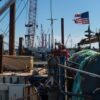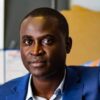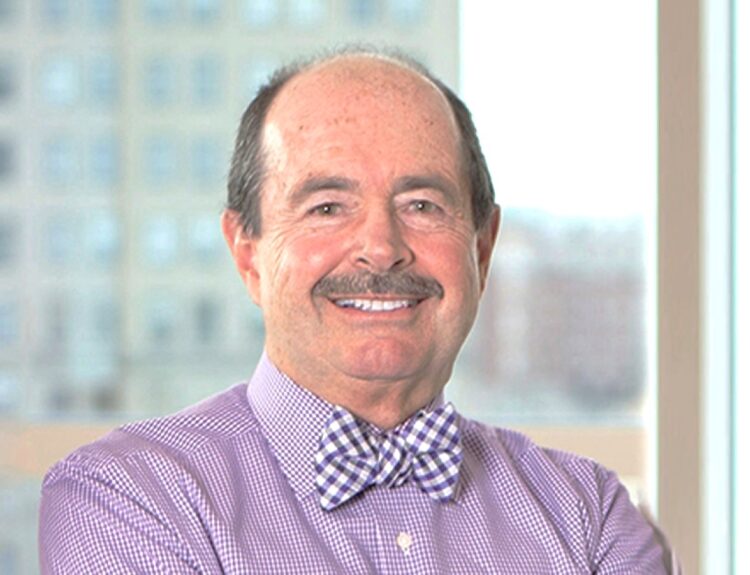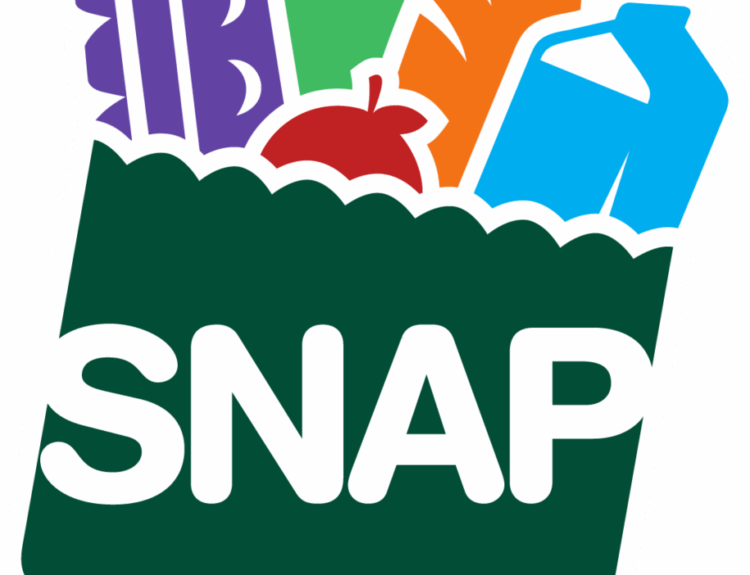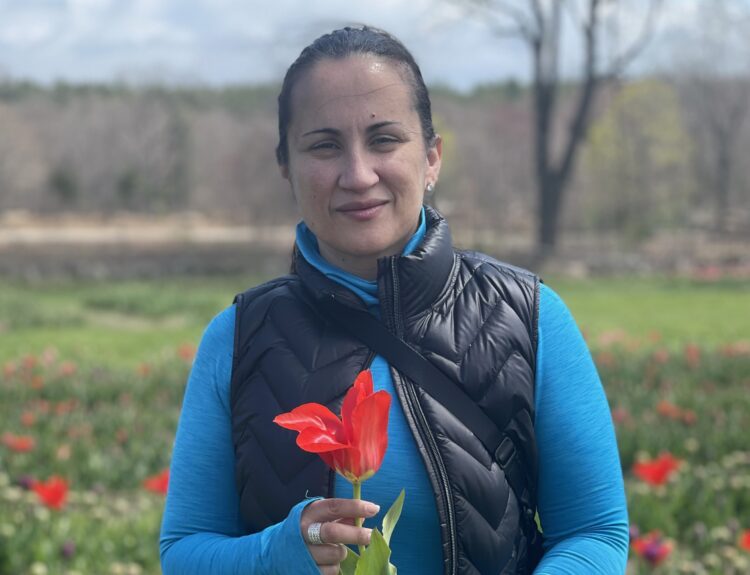“There are days when getting up and out of bed is the biggest accomplishment of the day, and you need to remind yourself that is indeed an accomplishment and a step toward independence. Little bits of progress like that eventually lead to bigger accomplishments.”
Q & A with ocean engineering researcher Jake Bonney
Thanks, Jake, for joining us at Ocean State Stories. We applaud your spirit and work, which was only briefly interrupted by a devastating accident. Let’s begin with your description of what ocean engineering is, for those in our readership who may not know.
To be an ocean engineer is to apply an understanding of ocean physics and engineering to solve problems in the ocean environment. We are taught how the ocean works and core engineering principles in a variety of disciplines — mechanical, electrical, civil, robotics, and many more. We then apply that knowledge to solve real ocean problems. It’s truly a multidisciplinary field.
Your interest began with your father, correct? Please tell us about that – and him.
My father worked as a naval architect, and I would often join him in his office after school. He’d print out drawings of boats he was working on, and I would spend all afternoon coloring them in. As I got older, I joined him on jobs and at events. A few that stick out were the launching of the R/V Hugh R. Sharp, the University of Delaware’s research vessel, and helping him do stability tests on old tall ships. He took me on a tour of URI’s ocean engineering program during my senior year of high school and I quickly realized it was a great fit.
When you were an undergraduate at the University of Rhode Island a few years ago, you participated in an internship where you learned how to pilot a remotely operated vehicle (ROV) aboard the exploration vehicle Nautilus. Again, details please.

In 2019, after I graduated with my bachelor’s degree in ocean engineering, I was lucky enough to be selected as an ROV engineering intern with the Ocean Exploration Trust (OET). The internship consisted of a four-week expedition at sea, starting in Hawaii and ending in American Samoa, where I worked with the ROV team aboard the E/V Nautilus. I was very “green,” having only been out to sea one other time. OET has interns learn by doing, so it’s somewhat of a trial by fire. You’re immediately thrust into a supporting role and given as many tasks as you can handle or are comfortable with. I couldn’t get enough of it. I worked on deck deploying the vehicle, I helped troubleshoot different mechanical and electrical failures, and I piloted the ROV Hercules on several dives toward the end of the expedition. Growing up and going to school in Rhode Island, it was the furthest and longest I had been away from home.
You went on to complete a master’s at URI and begin a doctoral program. Back on the Nautilus, you took 16 Ocean Exploration Trust expeditions. They took you far and wide! Please elaborate.
After my internship I wanted to continue to work with ROVs. I began plotting my return to Nautilus as a contractor while I was still onboard as an intern. I asked questions such as “how do I get back on board” or “how do I do this for a living.” I began networking with URI faculty who were involved with OET and I attended a conference in San Francisco where I knew OET personnel would be present. In my persistence I made enough connections and sent enough emails to be asked back on board the Nautilus as a contractor.

From then on, I accepted any role they would offer me, not just as an ROV engineer. I worked as a deckhand, as part of the mapping team, and eventually picked up remote development work at home. The work brought me all over the Pacific Ocean — up and down the west coast, from Seattle to San Diego, Vancouver Island, Hawaii, Samoa, Palau, and many other places in the Pacific. As a young contractor with limited experience, I wasn’t offered many jobs at first, so I chose to fill my time back at home with graduate studies and continued to learn. One thing led to another, and a master’s degree turned into a doctorate — something I never imagined myself doing.
Everything came to a halt on January 14 of this year, when you fractured two vertebrae in a ski accident. What happened next?
Immediately my career had to be put on hold. At that point I was scheduled for five months of contract work, with some other projects in the works as well, all of which had to be cancelled. It was a big blow to my career, as I had just taken a big leap forward in terms of responsibilities and the number of contracts I was receiving. It took me five years after completing my undergraduate studies to truly break into the field of ROVs and in the blink of an eye that momentum was stopped. In the days after my accident, I had no idea whether I would be able to return to seagoing work. I began searching for every opportunity to rehab with the hope that I would regain the ability to walk again.
During rehab in Spaulding Hospital, you received an unexpected call. Who was on the line and what did they want?
While at Spaulding Hospital I received a call from a friend and colleague from URI, Dave Casagrande, letting me know about a new state-of-the-art ROV they were getting which had the capability for remote operations. I immediately let him know I was interested, and we scheduled a call with Jason Fahy, the associate director of the Ocean Exploration Cooperative Institute at URI, to setup remote testing of the ROV from my rehab facility. This eventually led to a test where I piloted the ROV, which they named Rhody, from my home in Rhode Island, and maneuvered the vehicle to survey a shipwreck in the Lake Ontario National Marine Sanctuary. The remote operations were successful and there are plans to incorporate more of it into future expeditions.
You are now living at home and training at a facility in Canton, Mass. – and you plan to return to URI full-time to complete your studies. Congratulations! What will you study specifically?
I’m not sure yet. My studies previously focused on using autonomous vehicles to monitor harmful algal blooms in coastal lakes and ponds. This required a lot of fieldwork and is not the most accessible research option. I’m in talks to shift my research toward the use of remote operations for ROVs and ocean exploration.
What advice do you have for others who might sustain such an injury as yours?
The early days are the scariest time. Everything in your life is flipped upside down in an instant. I tried not to think too far ahead and chose to focus on the tasks in front of me. There are days when getting up and out of bed is the biggest accomplishment of the day, and you need to remind yourself that is indeed an accomplishment and a step toward independence. Little bits of progress like that eventually lead to bigger accomplishments.
And finally, did you find any inspiration from the late actor, Christopher Reeve, who also sustained a terrible injury (in an equestrian accident) and who, toward the end of his life, appeared at URI? I happened to cover it while I was a staff writer at The Providence Journal.
I read a lot about Christopher Reeve in the early days of my injury. Talk about a person who was at the top of their craft (literally Superman) and experienced a life changing fall. What stood out the most to me with Reeve was his willingness to stand up for others in the fight against paralysis and to use his influence to make a difference. It made me want to share my story so others can see what’s possible.


